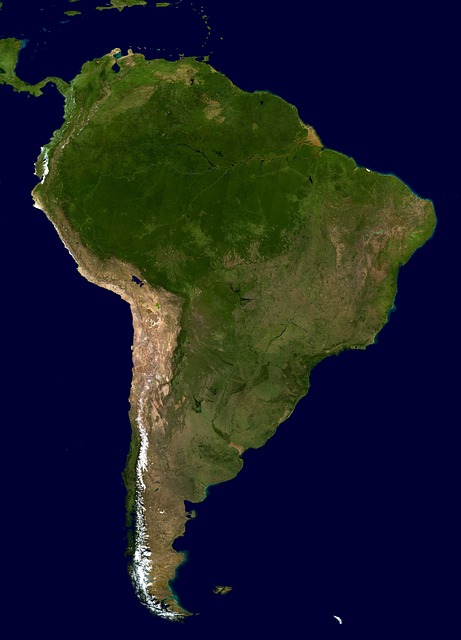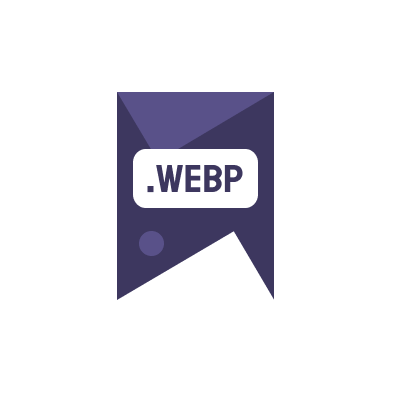Optimizing your website images is crucial for improving page load speeds and enhancing overall user experience. In this guide, we’ll explore how to reduce image weight effectively without compromising on quality.
Understanding Image Weight Reduction
Reducing the size of images on your site can significantly speed up page loading times, which is a critical factor in SEO optimization and improving user engagement. But how can you achieve this without losing image quality?
Choosing the Right Image Format
Different image formats are suitable for different types of images. For photographs, JPEG is often the best choice, whereas PNG is better for images requiring high levels of detail and transparency. Recently, the WebP format has gained popularity due to its ability to provide high-quality images at significantly reduced file sizes. Converting images to WebP can be done easily using tools like ConverterWebP.com.
Compression Tools and Techniques
There are many tools available that can help reduce image weight. Software like Adobe Photoshop offers options for image compression while maintaining quality. Online tools also provide free services to convert Image to webp online free, allowing for efficient file size reduction without noticeable quality degradation.
- Use lossless compression techniques to minimize quality loss.
- Consider using CSS sprites to reduce the number of image requests.
- Implement responsive images using HTML srcset attribute to ensure images are only as large as needed based on the device.
Implementing Effective SEO with Image Optimization
Image optimization goes beyond just reducing file size; it also includes proper tagging and use of keywords. Ensure every image file is named descriptively and uses the image keyword ‘optimize images’ for better SEO performance.
Moreover, using alt text effectively helps improve accessibility and SEO, making images more understandable to search engines.
Optimization through Progressive Loading
Progressive image loading is a technique where the detail of images increases as more data loads, which can significantly enhance page load times and user experience. This is particularly effective in maintaining user interest as they wait for images to load.
Conclusion
Reducing the weight of your images is essential for effective SEO and to enhance the overall performance of your website. By choosing the right format, utilizing compression tools, and implementing SEO best practices, you can significantly decrease the load times of your pages without sacrificing quality.

